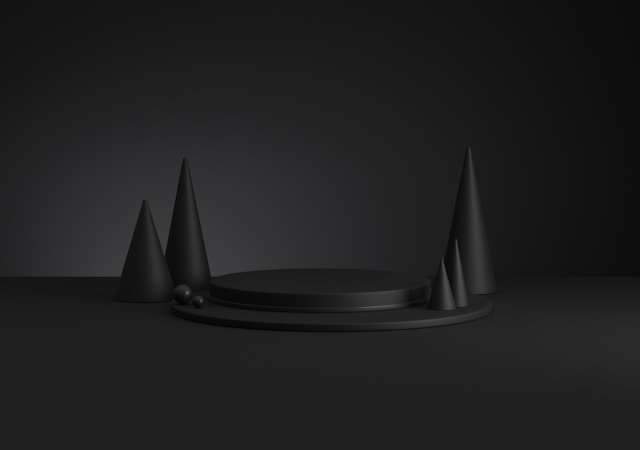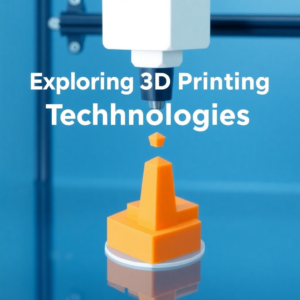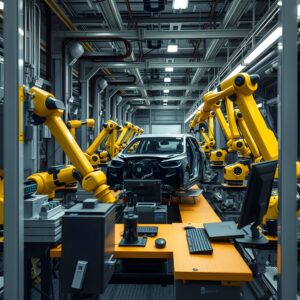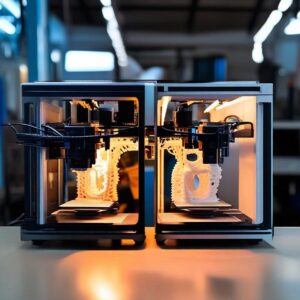Understanding 3D Printer Cost: What You Need to Know Before Investing

As 3D printing technology continues to advance, more people are looking into purchasing their own 3D printers. However, understanding the cost of a 3D printer can be challenging due to the wide range of prices and options available. This guide will help you navigate the factors that influence 3D printer costs and make an informed decision that fits your budget.
Factors Influencing 3D Printer Costs
-
Type of 3D Printer
-
Fused Deposition Modeling (FDM):
FDM printers are generally the most affordable, making them a popular choice for beginners and hobbyists. Prices typically range from $200 to $1,000, depending on features and build quality. -
Stereolithography (SLA):
SLA printers use resin to create highly detailed prints, which often comes at a higher cost. These printers can range from $500 to over $5,000. -
Selective Laser Sintering (SLS):
SLS printers are among the most expensive, starting at around $5,000 and reaching well into the tens of thousands. They are typically used in industrial settings.
-
-
Printer Features
-
Build Volume:
Larger build volumes allow for bigger prints but usually come with a higher price tag. -
Print Speed:
Faster printers can save time but often cost more. -
Resolution:
Higher resolution printers produce finer details, increasing the overall cost.
-
-
Material Costs
-
Filament:
FDM printers use filament, which costs between $20 and $50 per kilogram, depending on the material. -
Resin:
SLA printers use resin, which can be more expensive, often costing between $50 and $200 per liter. -
Powder:
SLS printers use powder materials, which vary widely in cost depending on the type and quality.
-
-
Maintenance and Upkeep
-
Replacement Parts:
Over time, components such as nozzles, belts, and build plates may need to be replaced, adding to the overall cost. -
Software:
Some 3D printers require proprietary software, which can be an additional expense. -
Energy Consumption:
Consider the energy costs associated with running your 3D printer, especially for larger, more industrial models.
-
Hidden Costs to Consider
While the initial purchase price is an important factor, it’s essential to consider the hidden costs associated with owning a 3D printer:
-
Training and Learning Curve:
If you’re new to 3D printing, you may need to invest time or money in learning how to use your printer effectively. -
Post-Processing:
Some prints require post-processing, such as sanding, painting, or curing, which can incur additional costs. -
Upgrades and Accessories:
Depending on your needs, you may need to purchase additional accessories, such as enclosures, upgraded extruders, or specialized tools.
Choosing the Right 3D Printer for Your Budget
To choose the right 3D printer, start by defining your needs and budget. Consider what you plan to print, the required quality, and how much you’re willing to spend on both the printer and ongoing costs. If you’re a beginner, an entry-level FDM printer might be the best starting point. For those needing more detailed prints or industrial capabilities, investing in an SLA or SLS printer could be worthwhile.
Understanding the cost of a 3D printer involves more than just looking at the price tag. By considering factors such as printer type, features, material costs, and potential hidden expenses, you can make an informed decision that aligns with your needs and budget. Whether you’re a hobbyist or a professional, there’s a 3D printer out there that’s right for you—just make sure you know what you’re getting into before making the investment.



